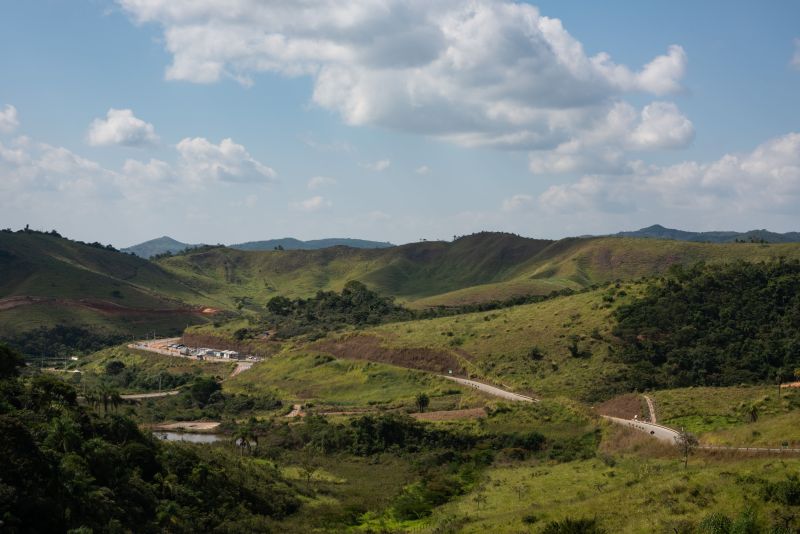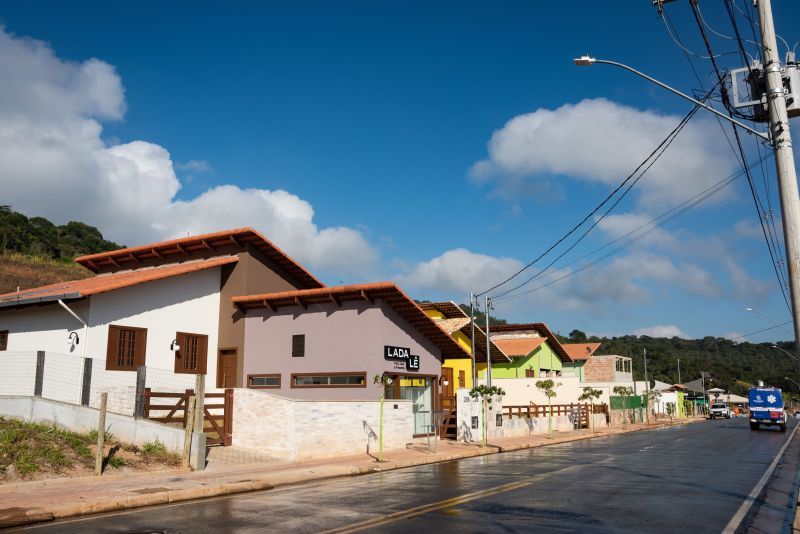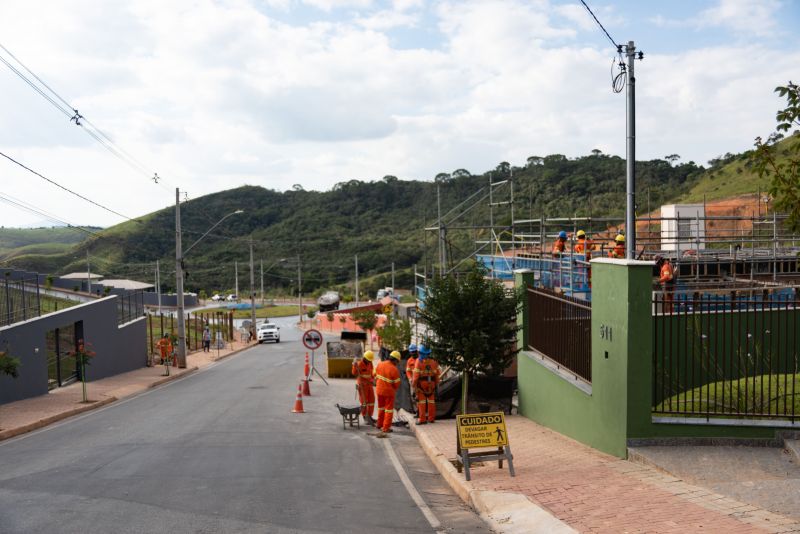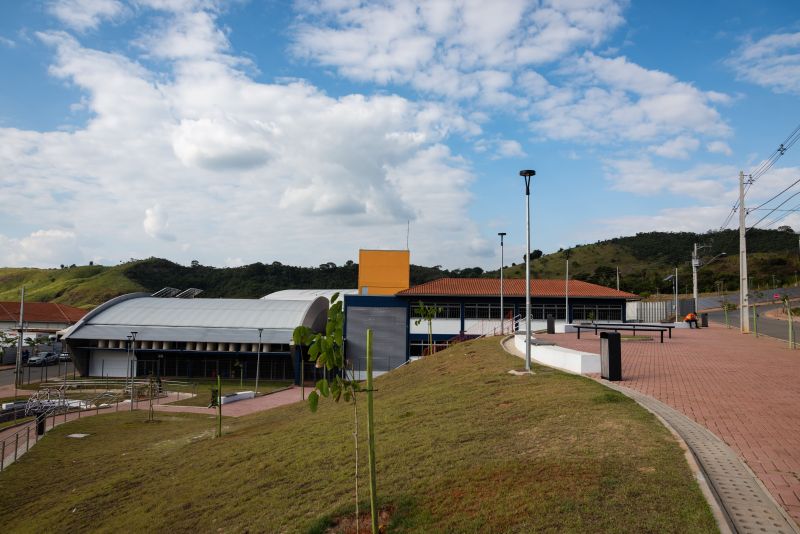The devastation unleashed by the Mariana dam disaster transcends mere environmental calamity; it reverberated through the very fabric of local real estate and housing markets. In the aftermath, communities found themselves grappling not only with the immediate fallout—widespread destruction and displacement—but also with the profound, and often unexpected, shifts in property values, availability, and buyer sentiment.
Homeowners watched in disbelief as their homes, once considered safe havens, transformed into liabilities overshadowed by uncertainty and fear. Meanwhile, a landscape marked by flooded homes and struggling businesses became fertile ground for new opportunities and challenges.
As we delve into the multifaceted impacts of this disaster on local housing, it becomes clear that the narrative is not just about loss; it’s also about resilience, adaptation, and the quest for a renewed sense of place in the wake of tragedy.
Immediate Effects on Local Real Estate Markets

The immediate effects of the Mariana Dam disaster on local real estate markets were profound and multifaceted, sending shockwaves through communities that had once flourished around the waterway. Property values plummeted almost overnight, with homeowners experiencing a stark loss of equity as buyers recoiled in fear from the environmental devastation.
Desperate sellers flooded the market, hoping to offload homes now deemed uninhabitable or unsalable, creating a chaotic landscape of drastic price reductions and vacant properties. Rental demand saw a drastic shift, as displaced residents sought refuge elsewhere, leading to a surge in housing insecurity.
Meanwhile, investors lurked on the sidelines, some eyeing distressed assets as opportunities, while others simply retreated, uncertain of the long-term ramifications. Businesses dependent on a stable population and healthy real estate market faced mounting pressures, as local economies teetered on the brink, highlighting a community in turmoil struggling to find its footing in the aftermath of catastrophe.
Long-term Consequences for Housing Development

The Mariana dam disaster has left indelible marks on the landscape of housing development, reshaping not only the immediate vicinity but also extending its influence far beyond. As communities grapple with the devastation—homes lost, infrastructure damaged, and families displaced—the long-term consequences ripple through local real estate markets.
Developers face a conundrum; the demand for housing remains, yet the specter of environmental instability looms large. Investors are wary, resulting in stagnation where growth once flourished.
Moreover, regulatory scrutiny has intensified, complicating the approval processes for new projects. As the region struggles to rebuild, innovative housing solutions that prioritize sustainability and resilience are gradually emerging, but they come at a premium.
The path forward is fraught with challenges, yet in this very turmoil lies the potential for a reimagined approach to housing that could, in the long run, foster a more adaptable and sustainable community infrastructure.
Environmental Concerns and Property Perception

The Mariana dam disaster has cast a long shadow over local real estate markets, fundamentally altering how properties are perceived in affected areas. Once coveted for their natural beauty and proximity to water, homes now stand in the looming specter of environmental degradation, with potential buyers weighing the risk of future catastrophes against the allure of picturesque views.
Concerns about water quality, biodiversity loss, and the integrity of the surrounding landscapes have merged into a collective anxiety, causing property values to plummet. In many cases, these fears are more than just abstract worries; they manifest in concrete actions, with sellers slashing prices in desperate attempts to offload burdened assets.
Furthermore, neighborhoods that were once thriving are now haunted by the stigma of ecological disaster, leaving residents grappling with not only financial loss but also a diminished quality of life. As the community navigates the aftermath, the intertwining of environmental health and property valuation has never been clearer, underscoring a stark reality: the scars of the dam disaster will reshape local real estate for years to come.
Conclusion
In conclusion, the Mariana dam disaster has had profound and lasting repercussions on local real estate and housing, dramatically reshaping the landscape of Paracatu de Baixo casas and surrounding areas. The destruction wrought by the collapse not only displaced countless residents but also led to a significant decline in property values and a pervasive sense of instability within the community.
As environmental concerns continue to mount and the recovery process unfolds, real estate development in these affected regions faces formidable challenges. Moving forward, it is essential for stakeholders to prioritize sustainable rebuilding efforts and implement robust regulatory frameworks to prevent similar tragedies.
By fostering a resilient housing market and supporting the affected communities, we can work towards a future where residents can once again feel secure in their homes and connected to their environment.


